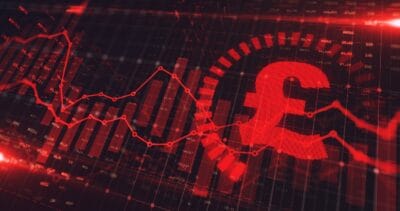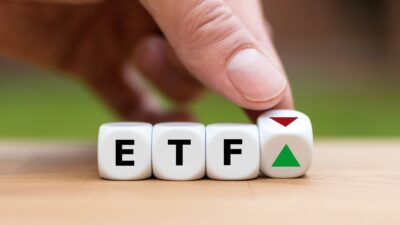SSE (LSE: SSE) (NASDAQOTH: SSEZY.US) investors have seen the value of their shares fall by 15% since they peaked in May last year, including a sickening lurch lower in September, when Labour leader Ed Miliband threatened to freeze energy prices if he came to power.
SSE’s share price is beginning to recover, but I believe that SSE shareholders should be concerned about the long-term sustainability of the utility’s legendary dividend, which has grown ahead of inflation every year since 1999.
 Less gas, please
Less gas, please
The first thing you need to know is that energy consumption is falling in the UK. In its latest interim results, SSE reported that during the first nine months of 2013, average gas consumption per customer fell by 9.5%, while electricity consumption fell by 4.3%, compared to 2012.
Should you invest £1,000 in SSE right now?
When investing expert Mark Rogers has a stock tip, it can pay to listen. After all, the flagship Motley Fool Share Advisor newsletter he has run for nearly a decade has provided thousands of paying members with top stock recommendations from the UK and US markets. And right now, Mark thinks there are 6 standout stocks that investors should consider buying. Want to see if SSE made the list?
In fact, this is just the latest instalment in a long-running trend. Earlier this year, the energy regulator, Ofgem, cut its typical household consumption values by 18% for gas, and by 3% for electricity.
The main reason that SSE has been able to report rising revenues and profits for so long is that it like its peers, it has increased prices to compensate for falling consumption. If consumption continues to fall, and prices are frozen, SSE’s cash flow could soon fall short of what’s needed to keep the dividend juggernaut rolling.
Dividend numbers don’t add up
Over the last 12 months, SSE’s free cash flow — its surplus cash after capital expenditure, tax and interest payments — was just £3.3m. During the same period, SSE paid £709.5m in dividends to shareholders.
This isn’t unusual, either — SSE’s dividend has only been covered by free cash flow once since 2008. Although the firm still has £1,776m in retained profits which can be used to fund future dividends, this is an accounting figure. SSE has less than £500m in actual cash, so to pay future dividends, the company is going to have to continue drawing on new debt.
This might not be a problem if energy consumption was rising, but if consumption keeps falling and the government decides to cap on energy price rise, then SSE’s profit margins could shrink rapidly, threatening the safety of its dividend payment.
SSE’s prospective yield has now risen above 6%, and I believe this very high forecast yield indicates that the market is pricing the possibility of a dividend cut in the next 12-18 months.







